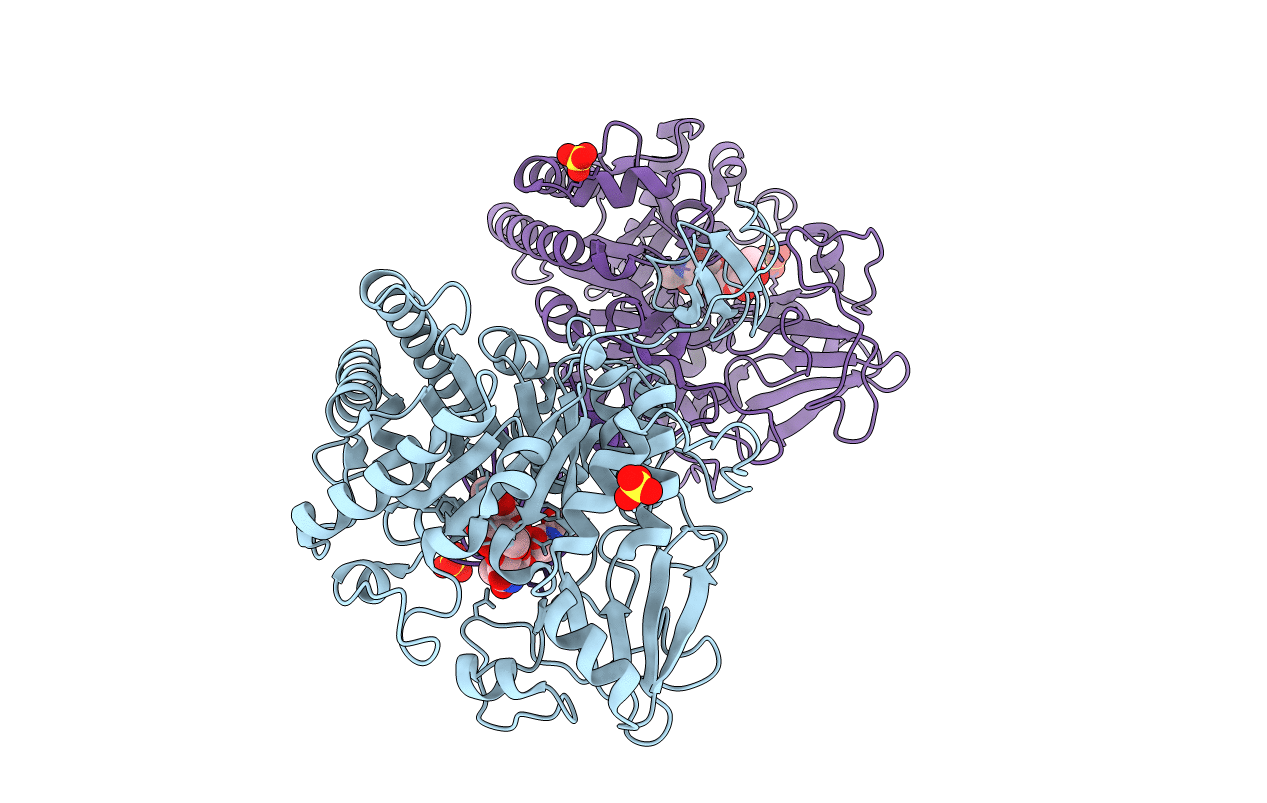
Deposition Date
2000-08-23
Release Date
2001-06-22
Last Version Date
2024-11-20
Entry Detail
PDB ID:
1E6Z
Keywords:
Title:
CHITINASE B FROM SERRATIA MARCESCENS WILDTYPE IN COMPLEX WITH CATALYTIC INTERMEDIATE
Biological Source:
Source Organism:
SERRATIA MARCESCENS (Taxon ID: 615)
Host Organism:
Method Details:
Experimental Method:
Resolution:
1.99 Å
R-Value Free:
0.22
R-Value Work:
0.18
R-Value Observed:
0.18
Space Group:
P 21 21 21


